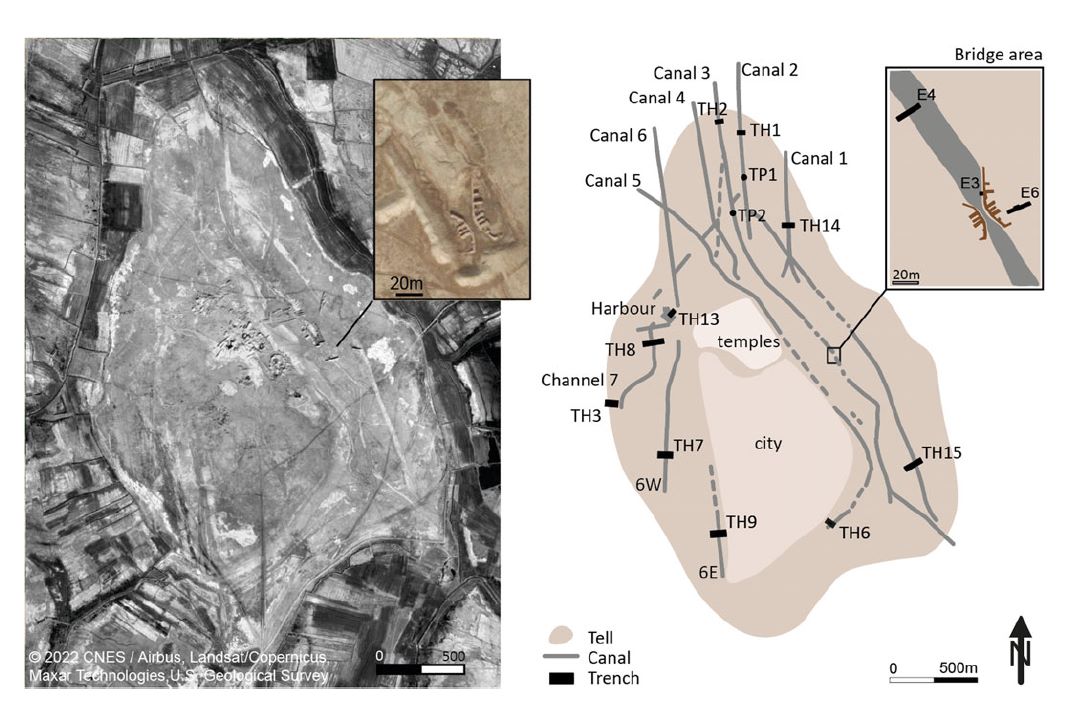(Islamic coins in the last Abbasid era (623-656 AH) (1225-1258 AD))
Master’s student Ahmed Yousef Mahdi
Under the supervision of Assistant Professor Dr. Ali Kazem Abbas Al-Sheikh
Which is the first master’s thesis in the field of Islamic archeology to be discussed in our college
The discussion committee consisted of eminent professors.
a . Dr. Nahed Abd al-Razzaq Daftar, University of Baghdad, Chairman
a.m.d. Ali Kazem Al-Sheikh, University of Al-Qadisiyah, supervisor and member
a. M.D. Shaima Jassim Al-Badri, University of Al-Qadisiyah, member
Mother. Dr.. Latif Tayeh Hassoun Al-Issawi, University of Al-Qadisiyah, Member
The aim of the thesis was to study coins in Islamic civilization, because of the importance of being an important document issued by the state, and therefore there is no doubt about the information that was inscribed on it. Coins have become of particular importance in recent times for researchers and scholars of Islamic civilization, and museums have also paid attention to this issue, as they were presented in them. Dozens of coins, according to their chronological sequence or according to kings in Islamic countries, and through coins revealed to us a lot of information that historical sources neglected to mention, and some of the information became ambiguous by historical sources, so it was truly the reflective and truthful mirror of some historical and political events And social and other, and it provided us with names, nicknames, and nicknames that were not known before.
The thesis, which consisted of four chapters and a conclusion, included important findings, and a number of appendices, pictures, and others that dealt with the life of the caliphs in the last Abbasid era.
And the dinars of the Caliph Al-Mustansir Billah and the dinars of the Caliph Al-Musta’sim Billah. I also used the available catalogs of coins, as well as the special collections for these coins, which I benefited a lot from because there are very rare coins that we studied. It was a study that had not been published before for some rare and important pieces, so the choice fell on (52) coins Gold and (25) silver coins.
The thesis came to know the conditions of the caliphate in its last era through the biography of the three caliphs and the works that they did. The study also showed us that the dinars that were minted in the last Abbasid era were among the rare dinars, since the city of minting in Dar al-Salam was rare. Very rare dinars were found. The city of Daquq, the city of Tikrit, and the city of Shahrazur, and the weights of dinars differed from one caliph to another, and it also disappeared from the coins during this period. .


